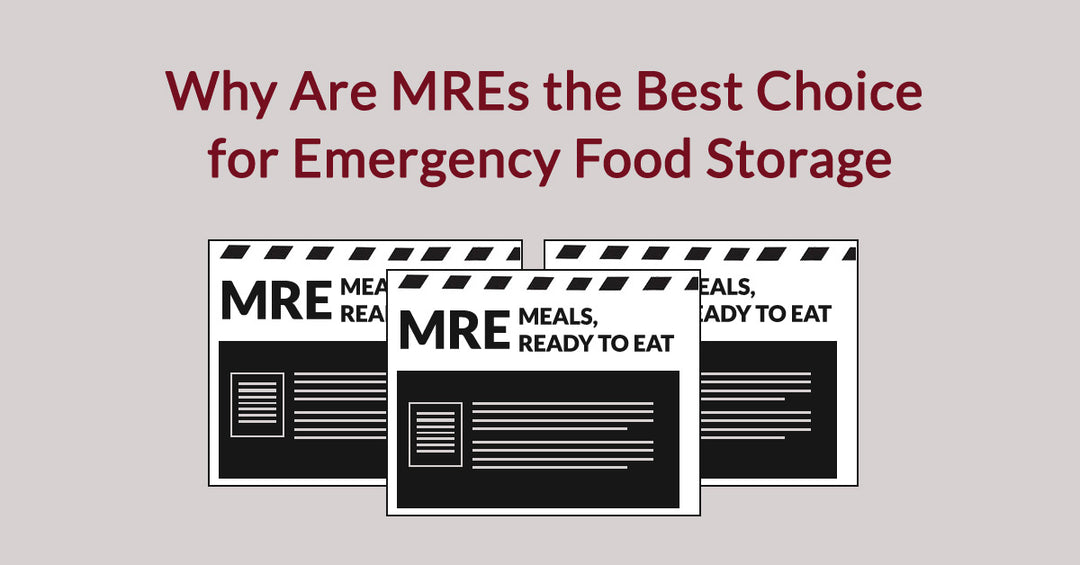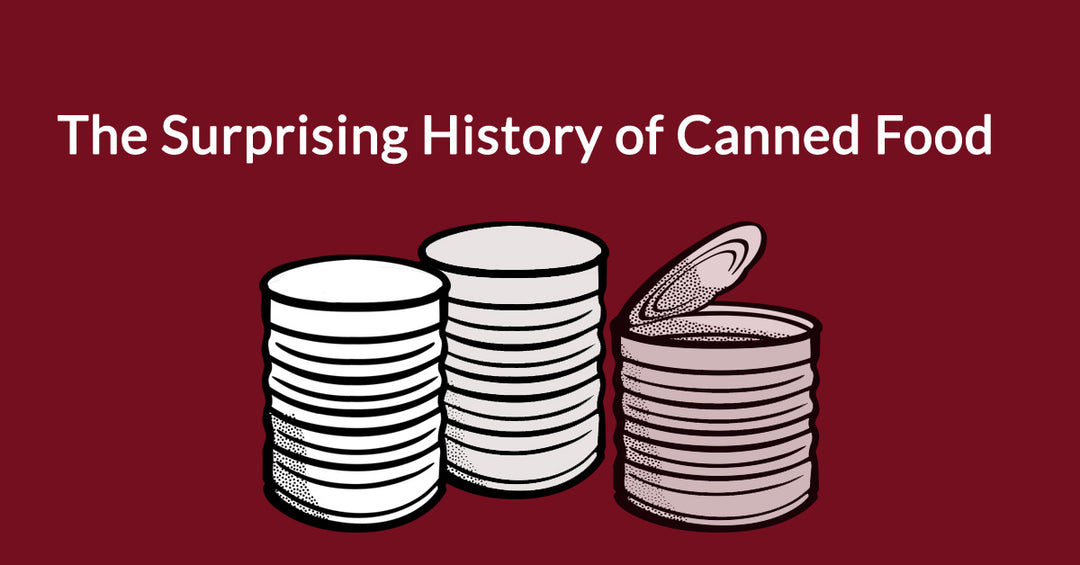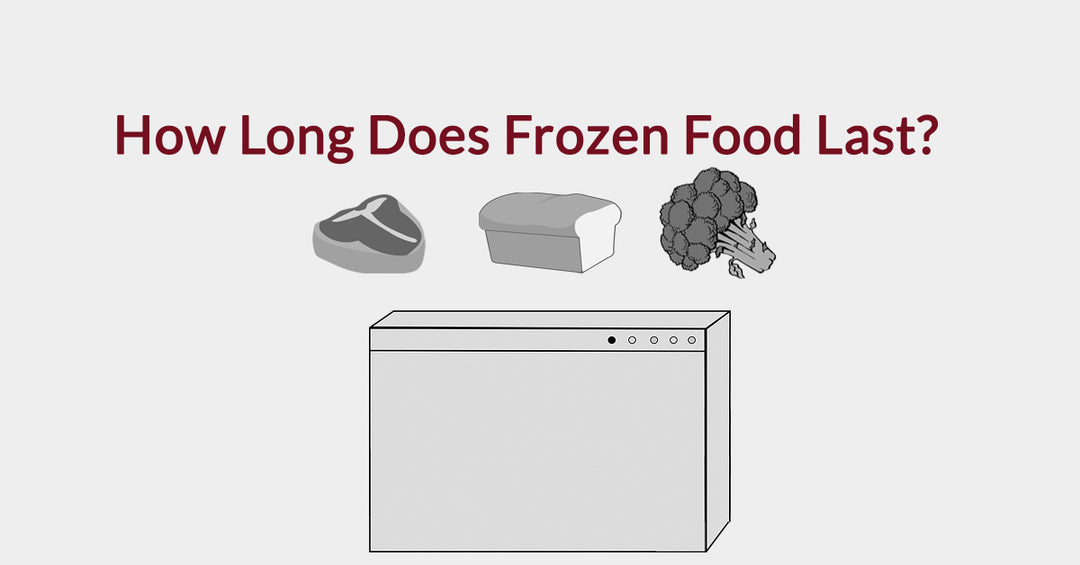US Food Supply Disaster Series: Hurricane Ida (August 2021, Gulf Coast to Northeast U.S.)

Hurricane Ida, which made landfall in August 2021, was a dual threat: a powerful Category 4 hurricane on the Gulf Coast that then transformed into a destructive inland flood disaster as its remnants swept through the Northeast U.S. This widespread impact exposed critical vulnerabilities in the nation's food systems, from the immediate aftermath in Louisiana to far-flung communities in New York. The storm's path highlighted how interconnected our food supply chains are and the disproportionate impact disasters have on vulnerable populations.
From Coast to Inland: Ida's Assault on Food Access
The initial blow came to the Gulf Coast. Urban flash flooding in cities like New Orleans trapped residents, immediately cutting off access to food and potable water. With streets turned into rivers, reaching any available grocery store or relief point became impossible for many. The severity of the power outages was unprecedented; in New Orleans, the damage to the power grid surpassed that of Hurricane Katrina, leaving over a million customers without electricity for weeks (Frontiers, 2022). This meant food banks and shelters, often reliant on refrigeration and operational power, were left unable to operate effectively, exacerbating the crisis.
As Ida moved inland, its remnants brought torrential rains and widespread flooding to the Northeast. This extended its reach of disruption far beyond the initial landfall. Supply chains were severely disrupted from Louisiana to New York. Roads were submerged, bridges closed, and major transportation arteries became impassable, making it exceedingly difficult to move food from production areas to distribution centers and then to consumers. The ripple effect meant that even areas not directly hit by hurricane-force winds experienced significant delays and shortages in grocery stores (Strategic Risk Global, 2021). The FDA also noted that food crops exposed to floodwaters might be considered adulterated, further reducing available food supplies (FDA, 2021).
Who Suffered Most in Ida's Wake?
The food challenges posed by Hurricane Ida were not felt equally. Low-income urban communities, particularly those in areas prone to flash flooding, were hit hard. Residents in these neighborhoods often lacked the resources or transportation to evacuate, leaving them isolated without food or clean water. A study on emergency food distribution in New Orleans after Ida found that while most low-income communities had access to resources, there were limitations in operations that may have influenced access, particularly in high-poverty areas (Frontiers, 2022).
Senior housing complexes, where residents may have mobility issues or limited social support networks, also faced severe food insecurity. Many of these complexes rely on external services for food delivery or access, which were completely interrupted by the storm. Rural areas, often cut off by floodwaters and lacking immediate emergency services, also experienced significant challenges in getting essential food supplies. The USDA provided disaster SNAP benefits and emergency food assistance through programs like TEFAP to assist affected households across Louisiana, Mississippi, New Jersey, and Pennsylvania (FRAC, 2021; USDA, 2021).
Outcomes and Lessons Learned for Future Resilience
Hurricane Ida, devastating as it was, provided critical insights that have already spurred improvements in disaster preparedness and food infrastructure:
- The widespread flooding and its impact on infrastructure spurred infrastructure grants to flood-prone cities. Federal programs, such as FEMA's Flood Mitigation Assistance Swift Current, allocated funds to states like Louisiana, Mississippi, New Jersey, and Pennsylvania to invest in flood mitigation projects (FEMA, 2025). This includes improvements to stormwater and sewer drainage systems, aiming to reduce the risk of future widespread flooding that cuts off communities from food sources.
- The vulnerability of ground-level food storage facilities during flooding encouraged the elevation of food depots. There's a growing recognition that critical infrastructure, including food warehouses and distribution centers, needs to be built or retrofitted to be resilient against future flood events. This could involve raising buildings on stilts or constructing them on higher ground to protect vital food supplies.
- The difficulties in traditional delivery routes also pushed for renewed interest in alternative delivery options. The use of drones and high-clearance vehicles for delivering essential food supplies to cut-off areas gained traction. While still in early stages for widespread food delivery, pilot projects demonstrated the potential of heavy-lift drones to deliver food and medicine to isolated communities where roads were destroyed (DroneLife, 2024; FreightWaves, 2022). High-clearance vehicles, already essential for search and rescue, are now being strategically integrated into food delivery plans for flooded regions. These innovative approaches aim to bypass traditional logistical barriers and ensure that even the most isolated populations can receive timely food aid.




